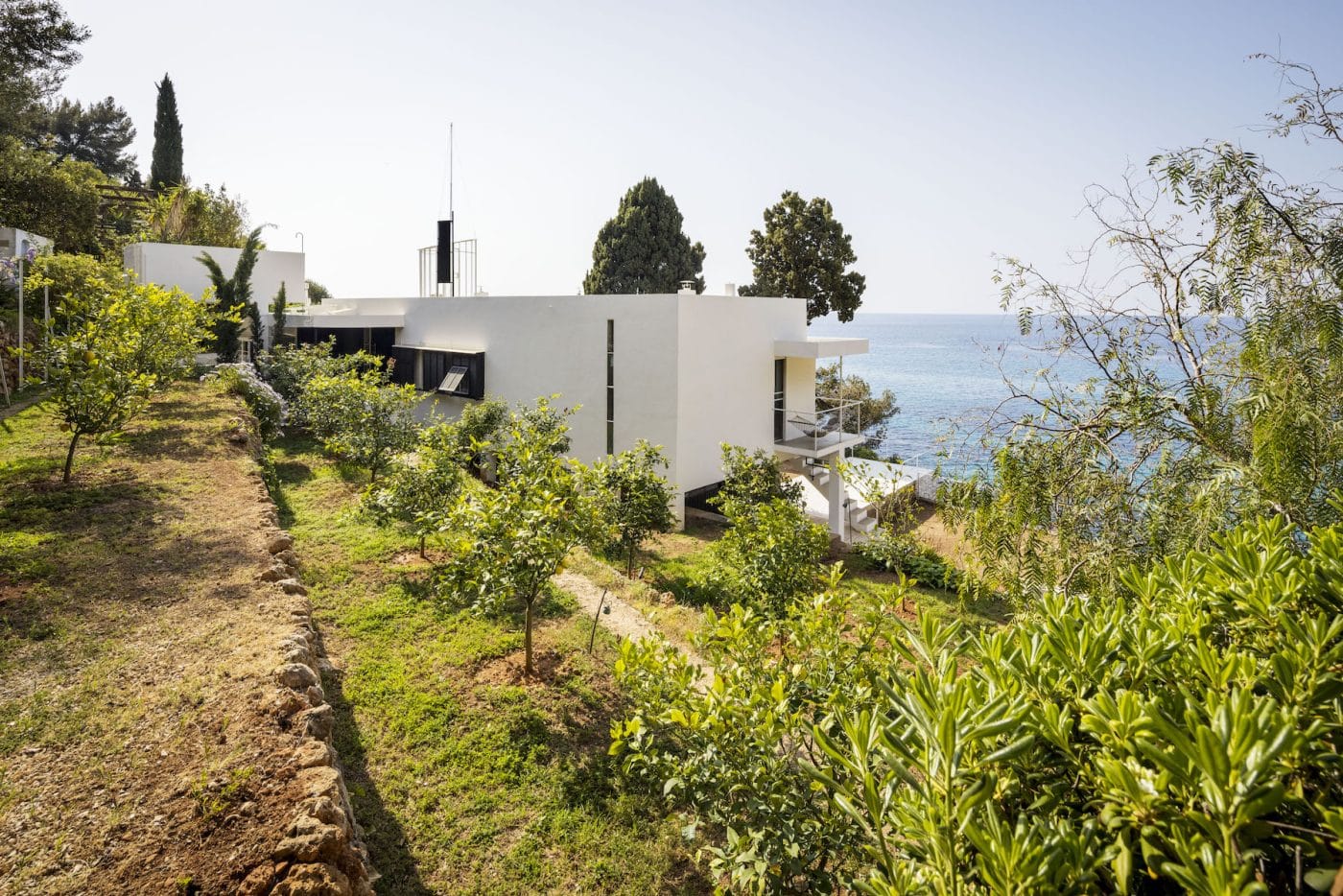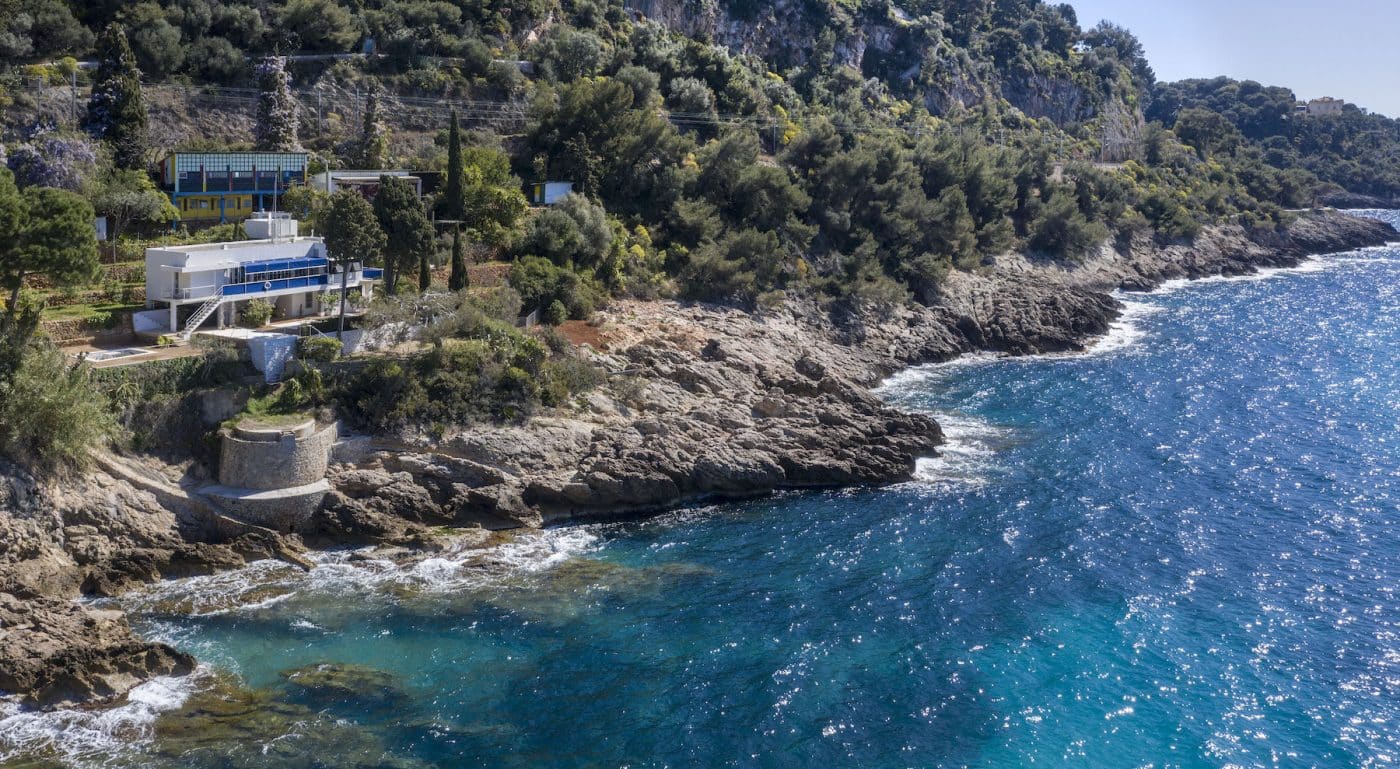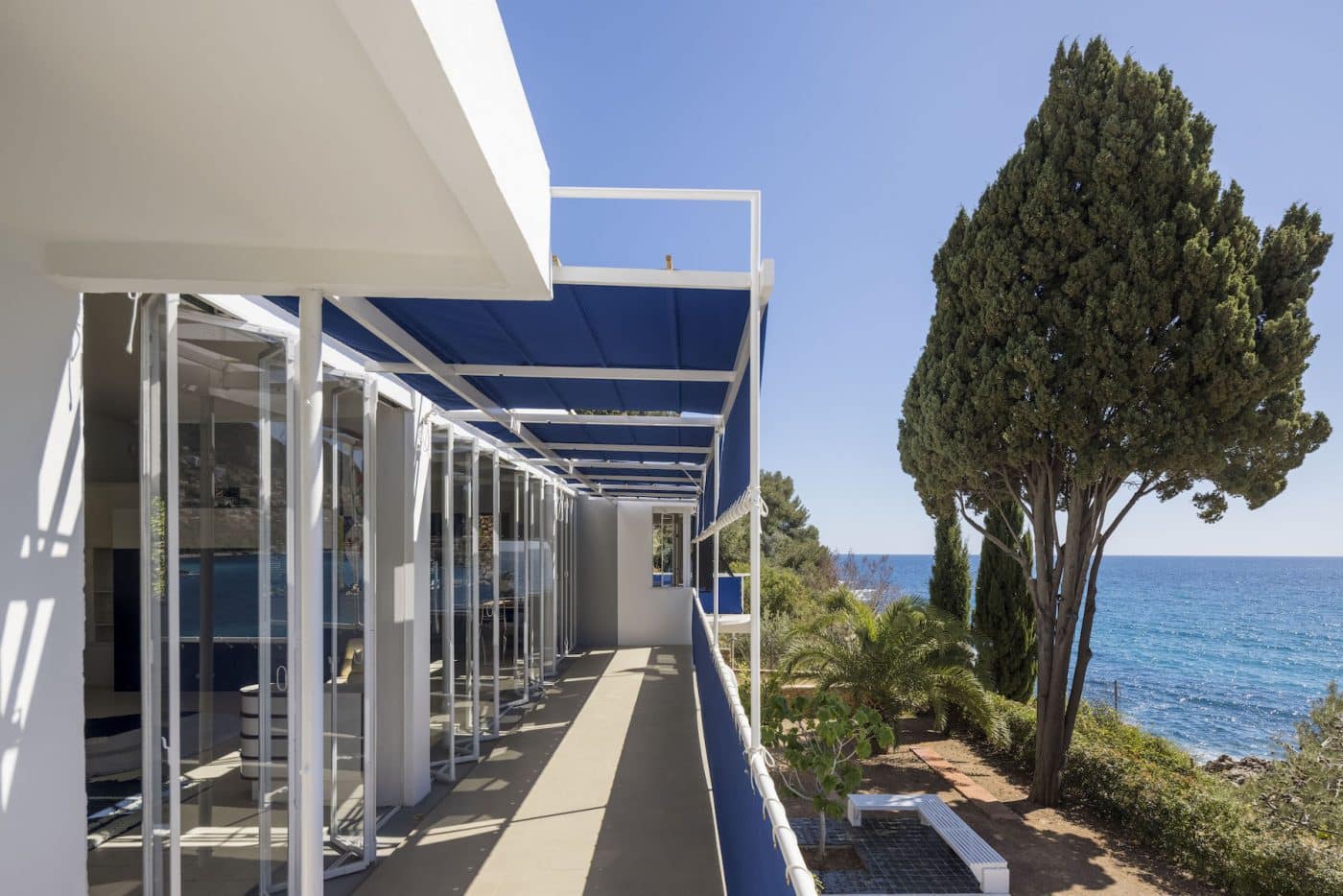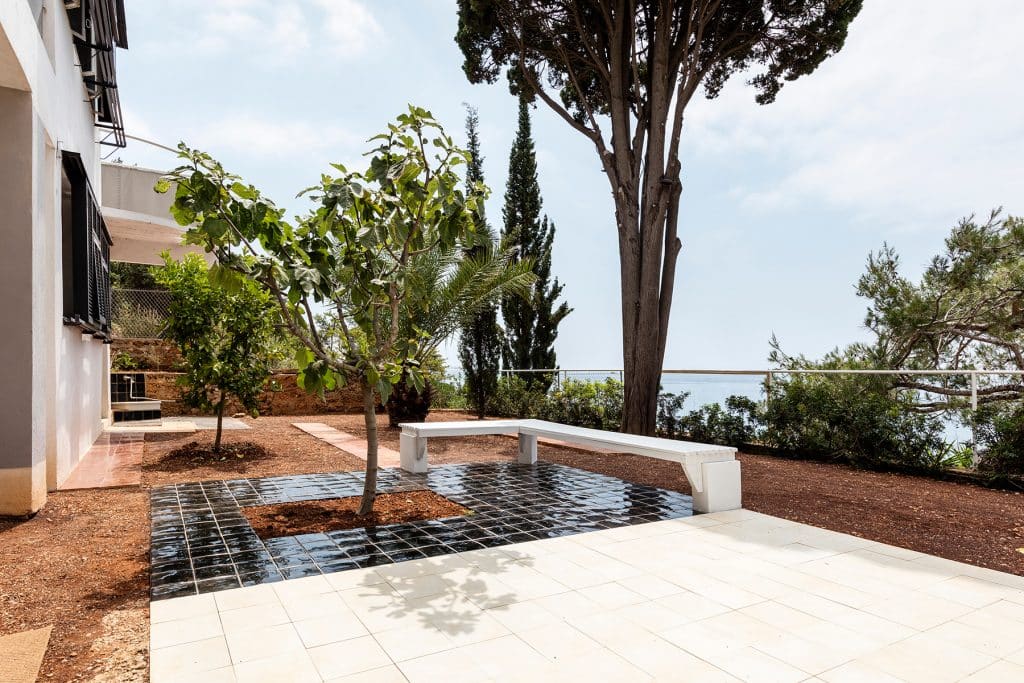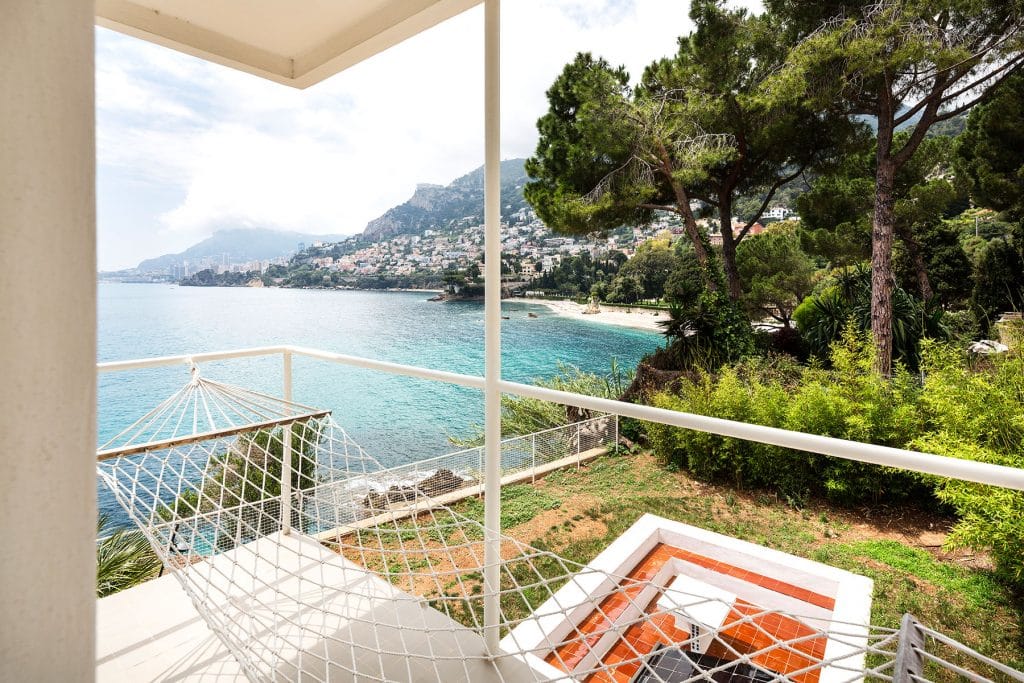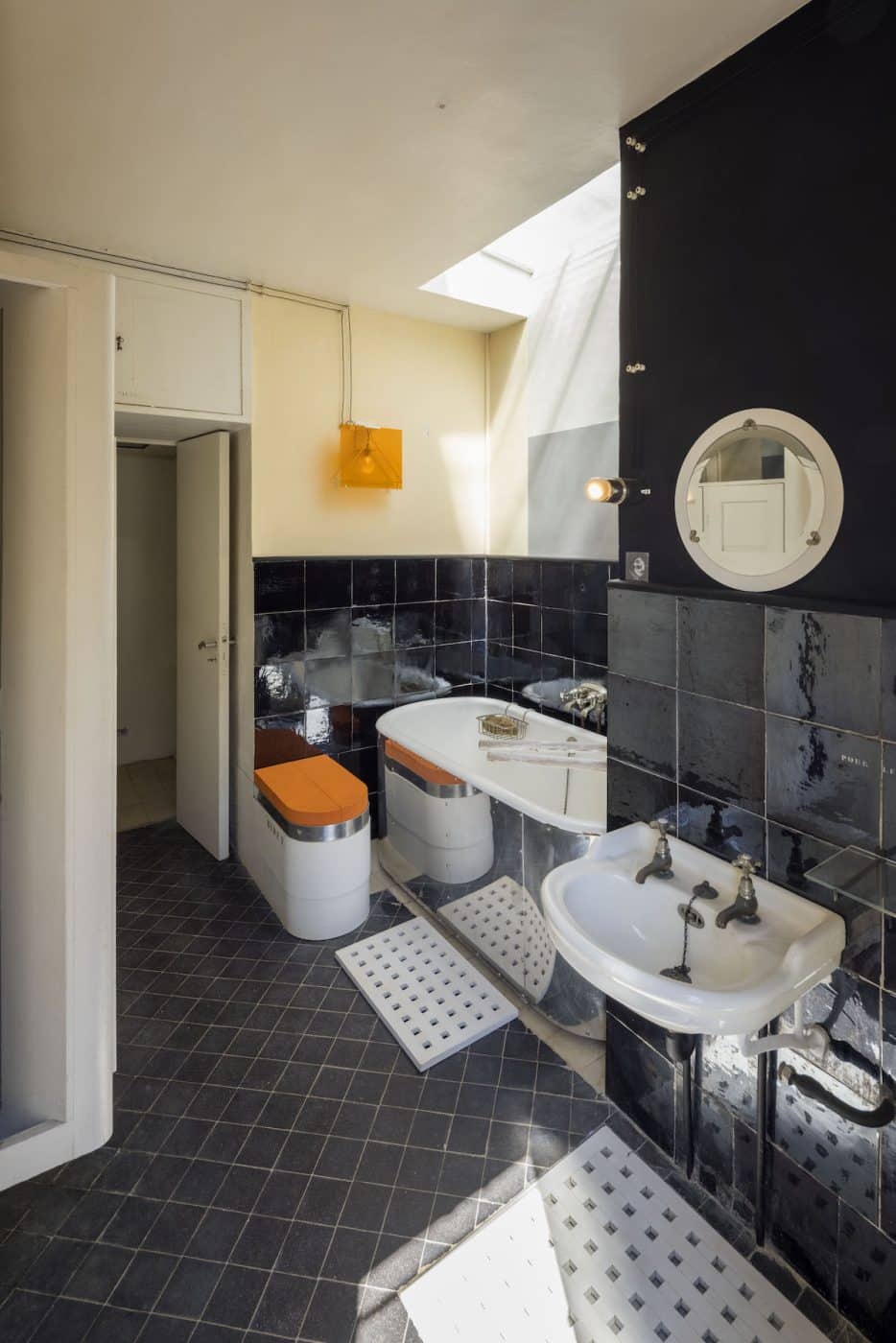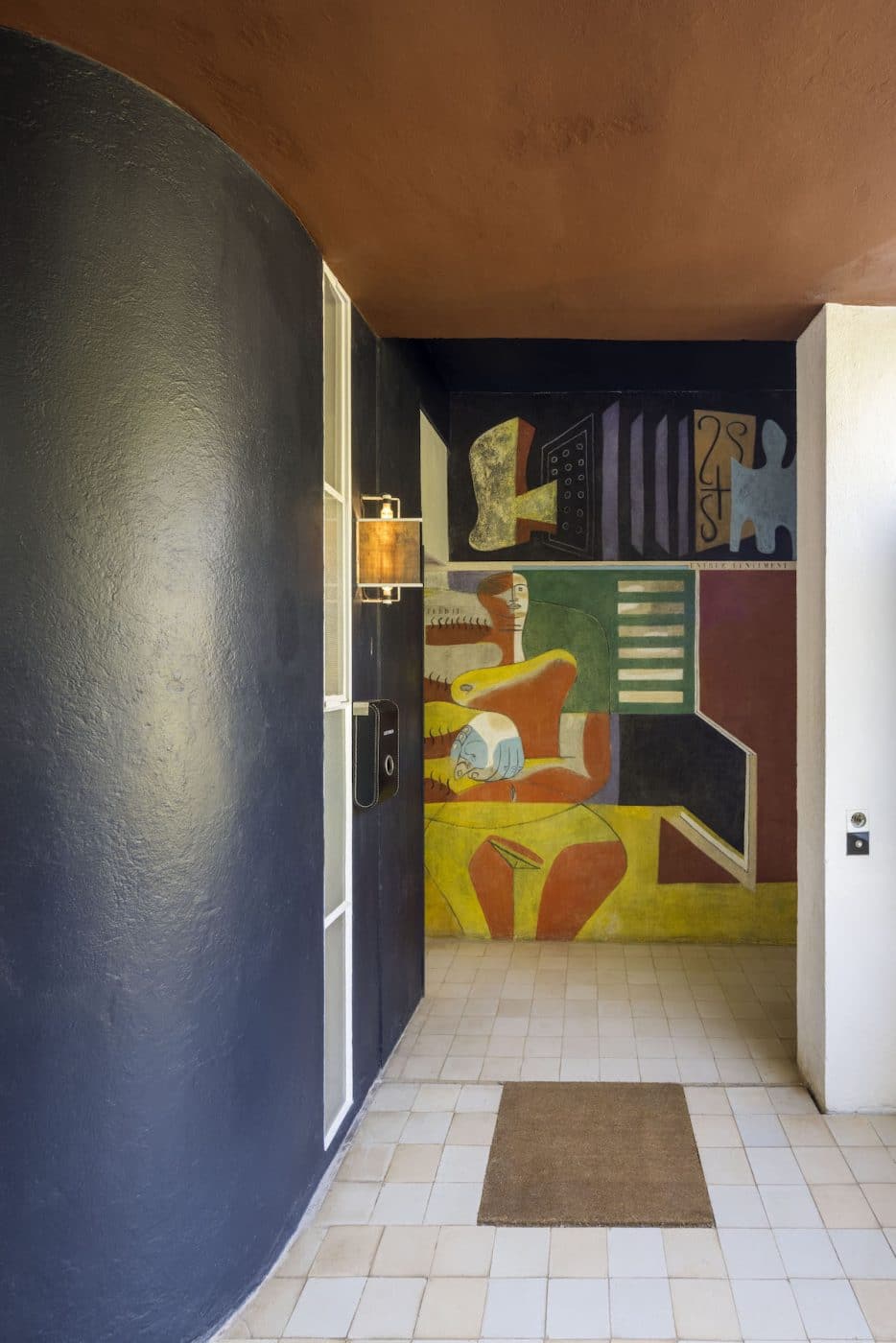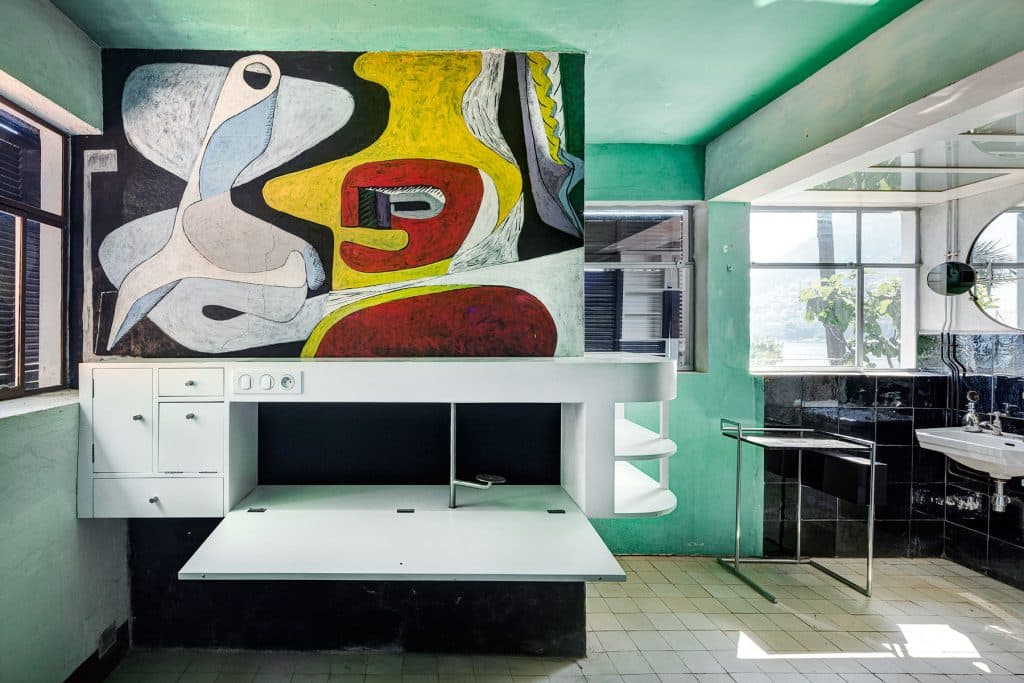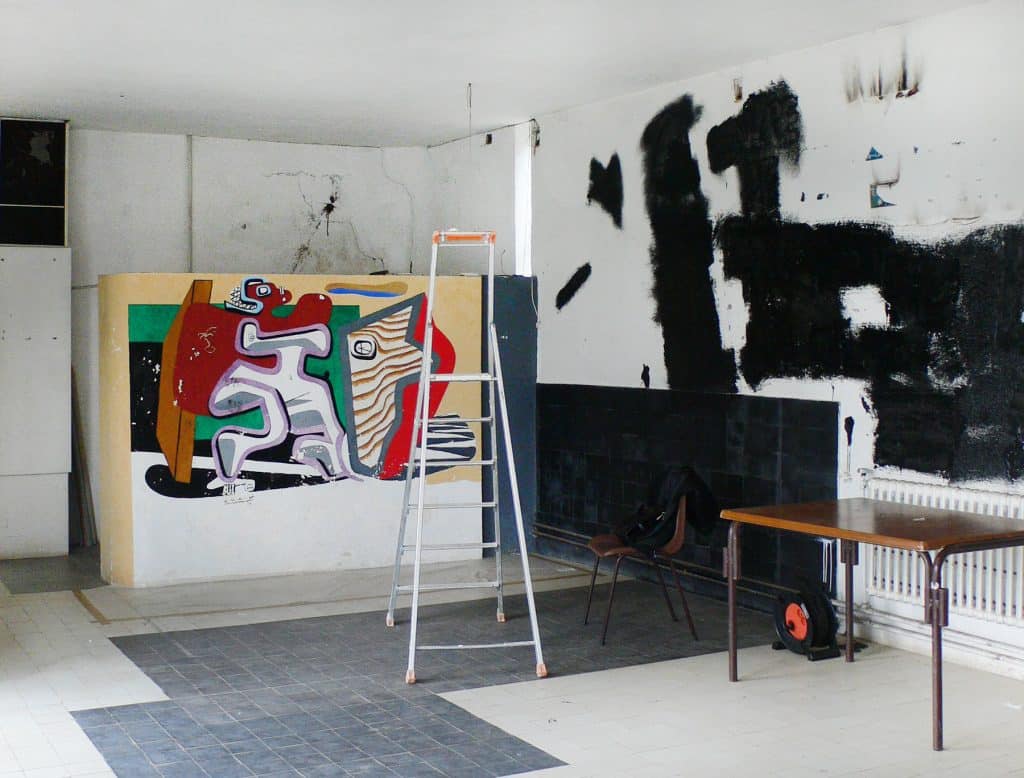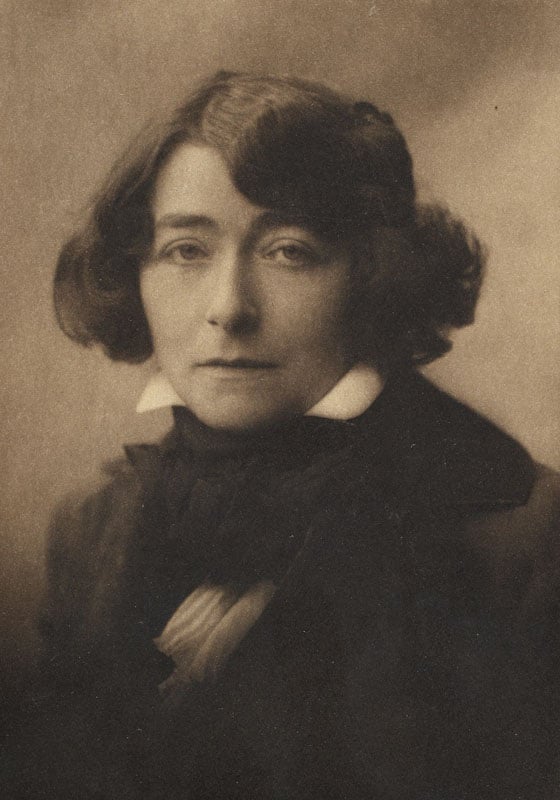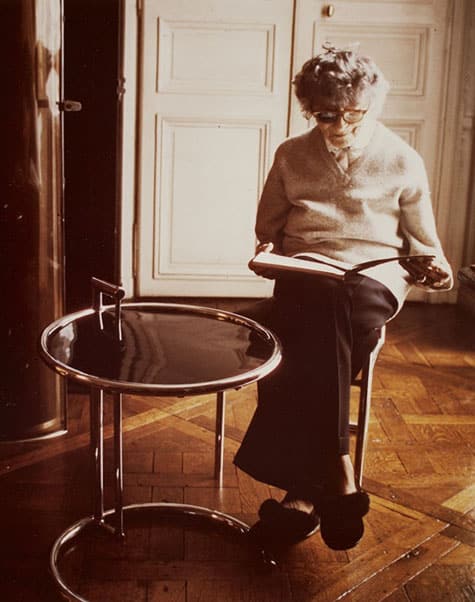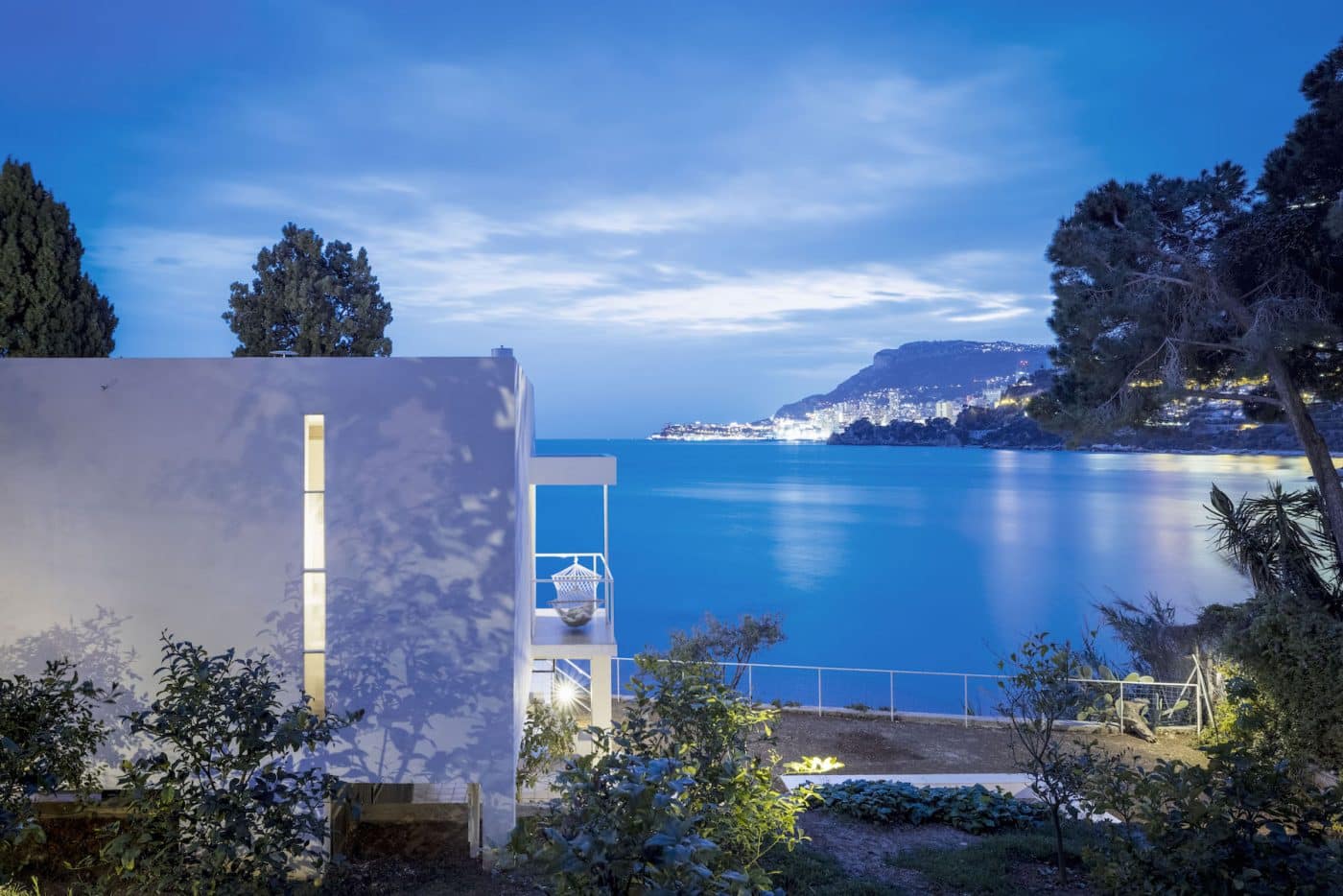The woman who
walked out on Picasso
'No one leaves a man like me,' he
raged. But Frangoise Gilot proved him wrong and, unlike several of his other
women, emerged the stronger for it.
Paula Weideger met her (Note:This first appeared in the Independent on the 13th of May, 1991.It is long; normal for the profiles I did for the paper. I have not edited out some remarks by me that reflect some of the snotty attitudes of younger women about older ones. They are minor nuisances --if also truths== in an extraordinary story. I hope that you make it to the end. She is worth it.)
A BEAUTIFUL woman in her twenties
sashays along the beach, her shoulders back, arms swinging. The long skirt she
wears is rippling in the wind. A fringed straw hat frames a proud face.
"I-am-wonderful-and-so is-life," she smiles. Behind her strides a
vigorous but much older man holding a sun umbrella over her head. He, too,
looks delighted by love. But there is something mocking in his expression as
well. Pablo Picasso may choose to play the courtier; let no one forget he IS
king.
The woman in this now famous Robert Capa photograph is
Francoise Gilot. She lived with Picasso, who was 40 years older and already
acclaimed as perhaps the genius of the 20th century century, during the 10 years following
the Second World War. To Picasso, women were either goddesses or doormats,
Gilot has said. As the photograph shows, Gilot at that time was definitely a
goddess. But by the time their second child had arrived he seemed to have
confused the categories.
[The Capa image will come when I work out how to get it on the page.]
In 1954, Francoise Gilot made it clear that she was not going to make a career as Pablo Picasso's doormat. Looking much older that her 31 years, exhausted by his duplicity and his tyranny, she took their son Claude and daughter Paloma, to Paris, leaving Picasso in the south of France.
"No one leaves a man like me!" he cried.
"Picasso was used to women being head over heels in love with him," says Gilot, who although nearing 70, is exceptionally attractive. "But in terms of what you might call the type of men to whom I was attracted, he was not at all of that type."
It was his intelligence that seduced her. If her love was no less passionate than that of the other women who loved Picasso, it was, so to speak, more ambulatory.
"Art was our link," Gilot observes. "I could go on liking Pablo's paintings from someplace else."
Since several of Picasso's other women ended up in one or another version of a prison (his first wife Olga went mad; Marie Therese Walter and his widow, Jacqueline, both committed suicide; Dora Maar became a recluse), Gilot may well owe her freedom to the essentially intellectual nature of their bond. But this is by no means the whole explanation.
In "Life with Picasso," the best=selling memoir Gilot co-authored in 1964 (recently re_issued by Virago) and her recent book, Picasso and Mattise: A friendship in Art, Gilot who has been said to have total recall, recreates many of the conversations between the two men, each of whom sense that the other was perhaps his only equal. The book also shows the degree to which Picasso's subtle and complicated intelligence was not only visual--something that comes as a surprise.
"In a way he preferred the myth that he was a Spanish bull and all instinct," Gilot laughs. "But with artists Or sitters he was extremely verbal. It's a side of him that's not so known." are many examples Of Gilot's considerable intelligence in these books well.
Francoise Gilot, the doted-on daughter Of an upper middle-class family, grew up in a large house near the Bois de Boulogne in Paris. She was taught at home by her cultivated parents and, before turning to painting. studied law. At 21. Gilot had her first exhibition; she has been showing and selling her work ever since.
Today, Gilot lives about five months of the year in La Jolla, California, the professional base Of Jonas Salk, developer of the polio vaccine and her husband for the past 20 years. Five months of the year she lives in New York.
The remainder are spent at her art deco studio in Montmartre, the current chic neighbourhood for Parisian intellectuals. Her studio is a few minutes' walk from the Bateau Lavoir, where Picasso first set up in Paris. Both are coincidences, Gilot says. She chose the neighbourhood "because I have allergies and it's above the smog".
The studio is white, spacious and spare. The only Picasso in sight is a "kisses" belt by Paloma that circles Gilot small waist. Black lacquered modem chairs upholstered in grey face a green and red patterned sofa. Long-stemmed pink roses fill a vase resting on an antique wooden table near a staircase. There is not a knick-knack to be seen.
Gilot, her black hair cut short and mixed with grey, is dressed in a style that is even more eclectic than her studio's decor. A long, red cashmere cardigan is wrapped and unwrapped as she talks, seemingly it is worn as much as an aid to expression as for warmth. Her trousers are black-and-white striped. A lifelong interest in oriental philosophy evidently has had a practical as well as a metaphysical effect; as she she has the litheness of a girl. Tennis shoes give a spring to her step. The shoes are mauve, as is the enormous stone in her ring. The ruffled collar of a blue -patterned blouse hides her neck (that telltale sing of ageing), and sets off of a face punctuated by those circumflex eyebrows so familiar from Picasso's portraits.
Although not much more than five feet in height, Gilot gives the impression of being rather taller. This may have to do with her proportions; more likely it has to do with her presence. In person, as in her writing, Francoise Gilot demonstrates that even for a French-women, she is supremely self-possessed.
Ten dealers in almost as many countries arrange exhibitions for her around the world, yet in spite of this and her books, most people do not know her name when it is mentioned. But add, "You know, the woman who felt Picasso," and recognition follows.
It would seem that to the public, Gilot hs remained a satellite of Picasso precisely because she had the strength, or nerve, to leave his orbit. How maddening she must find this, I thought. But not at all.
"Well, its true," she says matter-of-factly. "It is like with my husband, Jonas. When people know only a little him, they say, "Ah, you developed the polio vaccine." But that's only one of the man things, he did in his life. It's like that for me. If it bothered me, it would be very unfortunate."
. Gilot who speaks fluent colloquial American but whose syntax, like her conceptual framework, remains French, elaborated.
Maybe in the Middle Ages they burn me at the stake; now they don't. Women have something to say. I say it. I am living my own life my own way."
Is this defensiveness hiding behind an "I don't give a damn" mask? It would not be surprising, given what Gilot had to endure following he break-up with Picasso.
"The attacks from strangers, his colleagues and from friends sometimes bordered on the malevolent." They blamed her for abandoning "the genius."
"If anyone should have felt guilty, it was him, Gilot says.
Revenge seems to have been more in Picasso's line. He let it be known that anyone who exhibited Gilot's work was no friend of his. La Galloise, the house they had shared in Vallauris in the south of France, (and which was in her name), was stripped of all her possessions; pictures, letters, clothing--the works. But this was not the worst of it.
Several months after Gilot returned to Paris, she met Luc Simon, a painter she had known in their student days. Within a year they married. A daughter was born whom they named Aurelia. (Now 34, she is an architect living in La Jolla, married and with a child of her own.) Less than six years later, under pressure from Picasso, Gilot filed for divorce from Simon. Picasso had made it a condition of granting legitimacy to Claude and Palamo that Gilot leave Simon and marry him. At first she resisted. Then she agreed. Early in 1961 divorce proceeding began. The children were given Picasso's name. And then, a few weeks later, she opened a newspaper and discovered that Pablo Picasso had just married Jaqueline Roque. Meanwhile, however, Gilot's marriage to Simon had been so undermind by all this that their divorce went ahead.
It is no wonder that Francoise Gilot has learnt to be on the lookout What is amazing is that she has not also become bitter. It is not bravado when she says she is happy with her lot.
It is a matter of choice," she explain s. "It's a mental attitude. You know that stupid line, 'is the glass half empty or half full?' I say it is half full. Since I went through very difficult things in my life, if I'd had said the opposite, I'd have been in a lunatic asylum by now."
There are some who call her arrogant because at times she seems to act as if her glass is not only half full but positively overflowing, as for instance, when she speaks as if she, Picasso and Matisse were equals. But at least this attitude gave her the courage to prevail. And surely that is preferable to the fact of others who loved and were loved by Picasso; the breakdowns, retreat from the world, suicides.
Was this courageousness a matter of intellectual force rigorously applied--one of the extraordinary strengths of her character--or a mater of temperament, something in-built?something in-built?
"Well, you know, Gilot begins reflectively, "I remember, I think it was when I was about four or five years old. I was staying with one of my grandmothers.... My family thought they should do the Christmas trick and say that from the chimney, etcetera etcetera. But I had asked for a bicycle."
Gilot then lowers here head and cranes her neck, mimicking herself at the age of five looking up into that fireplace. "I looked and looked and you know, that little hole...." She frowns. "I said to my grandmother, 'I know it won't come' I would be so small that it won't really be a bicycle at all!"
On Christmas morning there was the bicycle. Full size.
¯That really amazed me," She recalls. "So I thought, 'Well if it happened one, it can happen again!'
Gilot. laughs. One sound ripples into another. At once round shapes, not previously visible, appear in her face. She looks a girl again, open and warm.
"In a way, it is still in my attitude," she continues. "l am am always lucid. It's not that I'm optimistic. I'm not seeing everything all blue and pink. Not at all. But then, if a miracle happens, I say, well, why not many?"
This attitude does not mean that Gilot has lounged around waiting for miracles to happen. Hardworking and practical, she is also a feminist who believes women must take responsibility for themselves.
"There was a confusion in the generations before," Gilot notes when talking about accomplished women of the past who rejected feminism. "They thought that if you identify yourself as woman you are a weaker person and that your work is going to be weaker." She adds — although by now her examp3e has made the statement redundant — "I don't believe that in the least.
"I see friends of mine," she says, "they and paint and paint and think the world is going come and impress itself on them. No!" she says firmly. "That is not the case.
"0f course," she adds, "to do battle to be recognised is not pleasant. Personally I would rather be in my studio and paint. But you have to try to communicate with the public. And the only way to do that is through the dealers and critics. You have to interface, you know?"
The question is rhetorical.
When Picasso finally understood that Gilot really was going, he save her a warning: "If you attempt to take a step outside my reality you're headed straight for the desert."
It is an indication of Gilot's character (and the degree of her desperation at that time) that she preferred exile in the desert. "1 would see if could survive," she says.
She certainly has.









